December?? Already??? Our gift to you this holiday season is to relieve you of a little more guilt. Since you already have a long to-do list of holiday preparations and a long list of want-to-try-this ideas from our activity suggestions, we will be taking a month off from posting additional Workshop Wednesdays, giving you a chance to catch up. Meanwhile, here are our tried-and-true, never-fail tips for holiday planning, along with links to some of our past articles that can help you enjoy this often stress-filled time of year.
1) Time off before Christmas is more valuable than time off after New Year’s Day. We usually stopped our homeschool lessons about 2 weeks before Christmas, just because we had so many other things we wanted to get done, things that held valuable lessons themselves. Whether cleaning the house, putting up decorations, cooking and baking, or shopping and wrapping gifts, the organizational skills passed along to my children as we worked together were excellent lessons in tackling and accomplishing big jobs. Giving ourselves plenty of time for everything made it all so much more relaxed and enjoyable! We were all more than ready to get back to our normal routine by January 2.
2) If you are running seriously short on time and energy, keep only the most important or most favorite traditions, and skip the others. You can always bring them back another year, and they will be doubly appreciated for their short absence. Take this from the family who scheduled major surgery the week before Christmas… twice: soup can be a very comforting food for Christmas dinner!
3) Spend some time relaxing together as a family during this busy season. You may all collapse on the sofa to watch It’s a Wonderful Life, White Christmas, or Elf on DVD, but you’ll be together, and you’ll be making treasured memories as you quote all your favorite lines in unison.
4) Expect illness to strike and plan ahead for it. If it doesn’t happen, you’ll be rewarded with some delightful bonus days! Make a double batch of something yummy for supper and freeze half to reheat later when you’re too sick or too worn out to cook, and stock up in advance on tissues, juice, and over-the-counter medicines for colds and flu. You may even want to pick up a word-puzzle book, jigsaw puzzle, or other quiet diversion for those sick days, to have it on hand just in case.
See also:
Holidays Are Unit Studies
Holiday Survival Tips for Toxic Family Gatherings
Sick Days, Snow Days, and Other Interruptions
Top 10 Ways to Salvage an Interrupted Day
Reschedule, Refocus, Regroup
We wish you and your families a very blessed Christmas!
— Carolyn Morrison & Jennifer Leonhard

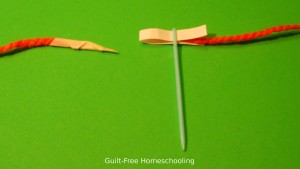
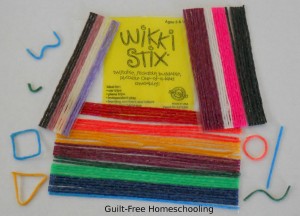
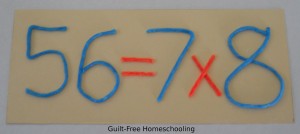
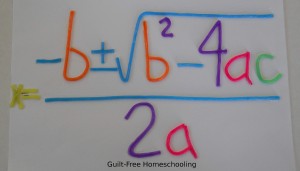
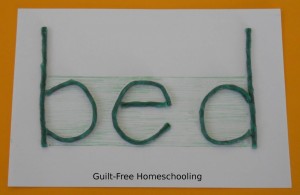
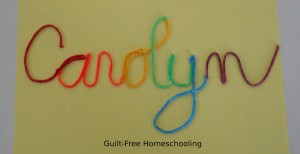
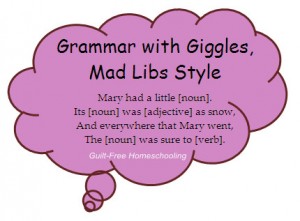
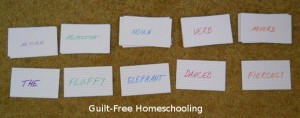
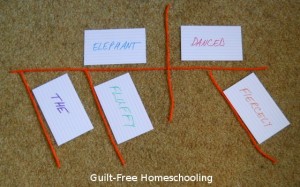
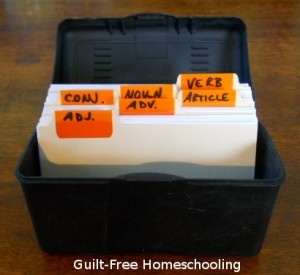
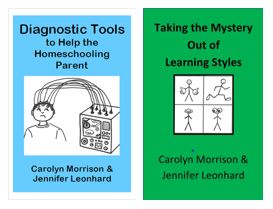

 Guilt-Free Homeschooling is the creation of Carolyn Morrison and her daughter, Jennifer Leonhard. After serious disappointments with public school, Carolyn spent the next 11 years homeschooling her two children, from elementary to high school graduation and college admission. Refusing to force new homeschooling families to re-invent the wheel, Carolyn and Jennifer now share their encouragement, support, tips, and tricks, filling their blog with "all the answers we were looking for as a new-to-homeschooling family" and making this website a valuable resource for parents, not just a daily journal. Guilt-Free Homeschooling -- Equipping Parents for Homeschooling Success!
Guilt-Free Homeschooling is the creation of Carolyn Morrison and her daughter, Jennifer Leonhard. After serious disappointments with public school, Carolyn spent the next 11 years homeschooling her two children, from elementary to high school graduation and college admission. Refusing to force new homeschooling families to re-invent the wheel, Carolyn and Jennifer now share their encouragement, support, tips, and tricks, filling their blog with "all the answers we were looking for as a new-to-homeschooling family" and making this website a valuable resource for parents, not just a daily journal. Guilt-Free Homeschooling -- Equipping Parents for Homeschooling Success!

Recent Comments